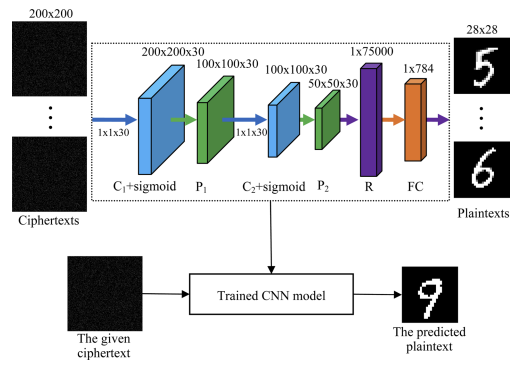Lina ZHOU
Postdoctoral Fellow
The Hong Kong Polytechnic University
Home
Research
CV
SocialContact:
Department of Electrical and Electronic Engineering
The Hong Kong Polytechnic University
linazhou@polyu.edu.hk
Hosted on GitHub Pages — Theme by orderedlist
Areas of interest
1. Nanophotonics
Nanophotonics has a wide range of applications across science and technology, including telecommunications, imaging, sensing, energy harvesting, quantum optics, and more. Researchers in nanophotonics aim to harness the unique properties of nanomaterials and structures to develop new devices and technologies that can significantly impact various industries.
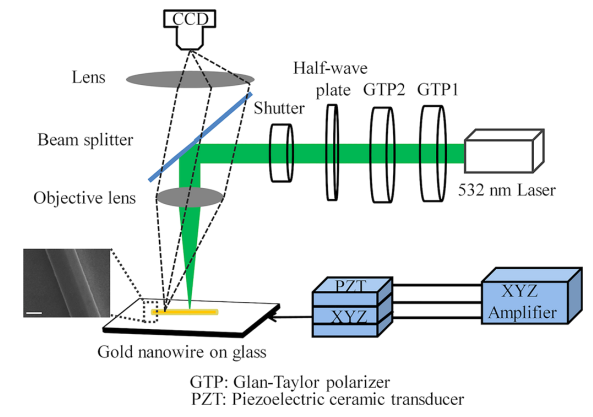
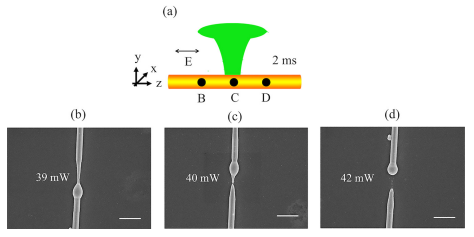
2. Optical imaging through complex scattering media with single-pixel detection
Optical imaging through complex scattering media is a challenging and active area of research that involves developing techniques to visualize objects or structures that are obscured by scattering materials, such as biological tissues, fog, or turbid liquids. The scattering of light in such media makes it difficult to obtain clear images directly using traditional imaging methods. However, various advanced imaging techniques and computational approaches have been developed to overcome these challenges. The challenge of imaging through complex scattering media is an interdisciplinary field that brings together optics, physics, mathematics, and engineering. Researchers continue to explore and develop innovative techniques to improve the resolution and depth of optical imaging in challenging environments, enabling applications in fields such as biomedical imaging, remote sensing, and industrial inspection.

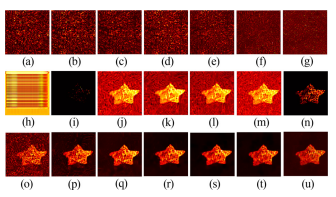
3. Transmission through complex scattering media with single-pixel detection
Information transmission through complex scattering media using single-pixel detection is a fascinating area of research that combines concepts from optics, signal processing, and information theory. The goal is to send information (such as images or data) through scattering environments, like biological tissues, by exploiting the properties of light scattering and using innovative detection techniques. Single-pixel detection methods replace traditional imaging sensors, enabling the transmission of information even when direct imaging is challenging due to scattering.
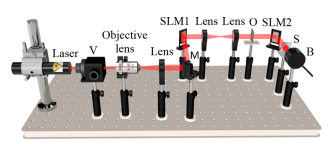


4. Information security in optics
Information security in optics involves protecting data and communications that use optical technologies from unauthorized access, interception, tampering, and other security threats. Optical technologies are used in various fields, including telecommunications, data transmission, imaging, and sensing. Ensuring the security of optical systems is crucial for safeguarding sensitive information and maintaining the integrity of critical systems.

5. Applications of machine learning in optics imaging
Machine learning (ML) has found numerous applications in optical imaging, revolutionizing how images are acquired, processed, analyzed, and interpreted. ML techniques enable researchers and practitioners to extract valuable information from images, enhance image quality, and automate various tasks. Here are some key applications of machine learning in optical imaging: 1. Image Denoising and Enhancement: ML algorithms can remove noise from images, enhancing image quality. Techniques like convolutional neural networks (CNNs) can learn to distinguish between noise and useful information, leading to clearer images. 2. Image Reconstruction: ML algorithms can improve image reconstruction in scenarios with limited data, such as in computed tomography (CT) or magnetic resonance imaging (MRI). Deep learning methods can generate high-quality images from undersampled or noisy data. 3. Super-Resolution Imaging: ML models can enhance the resolution of images beyond the physical limitations of the imaging system. Super-resolution techniques are useful for enhancing details in microscopy and remote sensing. 4. Image Segmentation: ML algorithms can automatically segment images into different regions or objects of interest. This is crucial in medical imaging for identifying organs, tumors, and other structures. 5. Object Detection and Tracking: ML-based object detection methods can automatically identify and locate specific objects within images. This is valuable in surveillance, autonomous vehicles, and robotics. 6. Image Classification: ML can classify images into predefined categories based on learned features. This has applications in medical diagnostics, quality control, and satellite image analysis. 7. Image-Based Diagnosis: ML models can assist in medical diagnosis by analyzing medical images (e.g., X-rays, MRIs) and providing predictions about the presence of certain conditions or diseases. 8. Biomedical Imaging: ML can aid in analyzing and interpreting various biomedical images, such as identifying cells, tissues, and patterns in histology, pathology, and cytology images. 9. Optical Character Recognition (OCR): ML algorithms can recognize and convert text from images into machine-readable text. OCR is used in digitizing printed documents, text extraction from images, and more. 10. Holography and 3D Imaging: ML can help extract and process 3D information from holographic images, improving the quality and accuracy of 3D reconstructions. 11. Image Registration: ML techniques can align and register images from different sources or time points, enabling comparisons and analyses of changes over time. 12. Image Synthesis: ML can generate realistic images that resemble a certain style or follow specific characteristics. This has applications in art, design, and virtual reality. 13. Quality Control and Inspection: ML-based systems can identify defects, inconsistencies, or anomalies in manufactured products or materials by analyzing images in real-time. 14. Remote Sensing: ML aids in interpreting satellite and aerial imagery for environmental monitoring, land cover classification, and disaster assessment. 15. Adaptive Optics: ML can optimize adaptive optics systems in real time to correct for optical distortions caused by atmospheric turbulence, enhancing the quality of astronomical and ground-based imaging.

